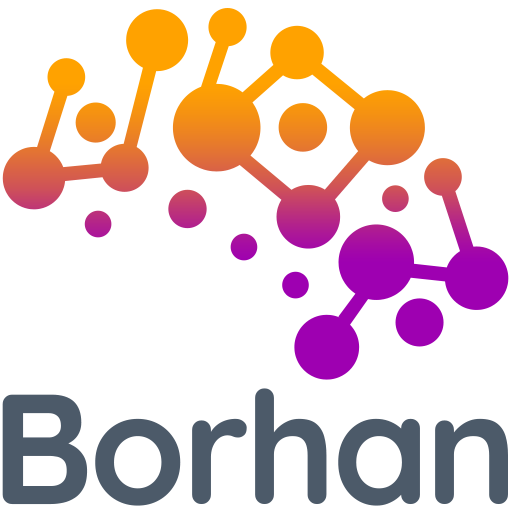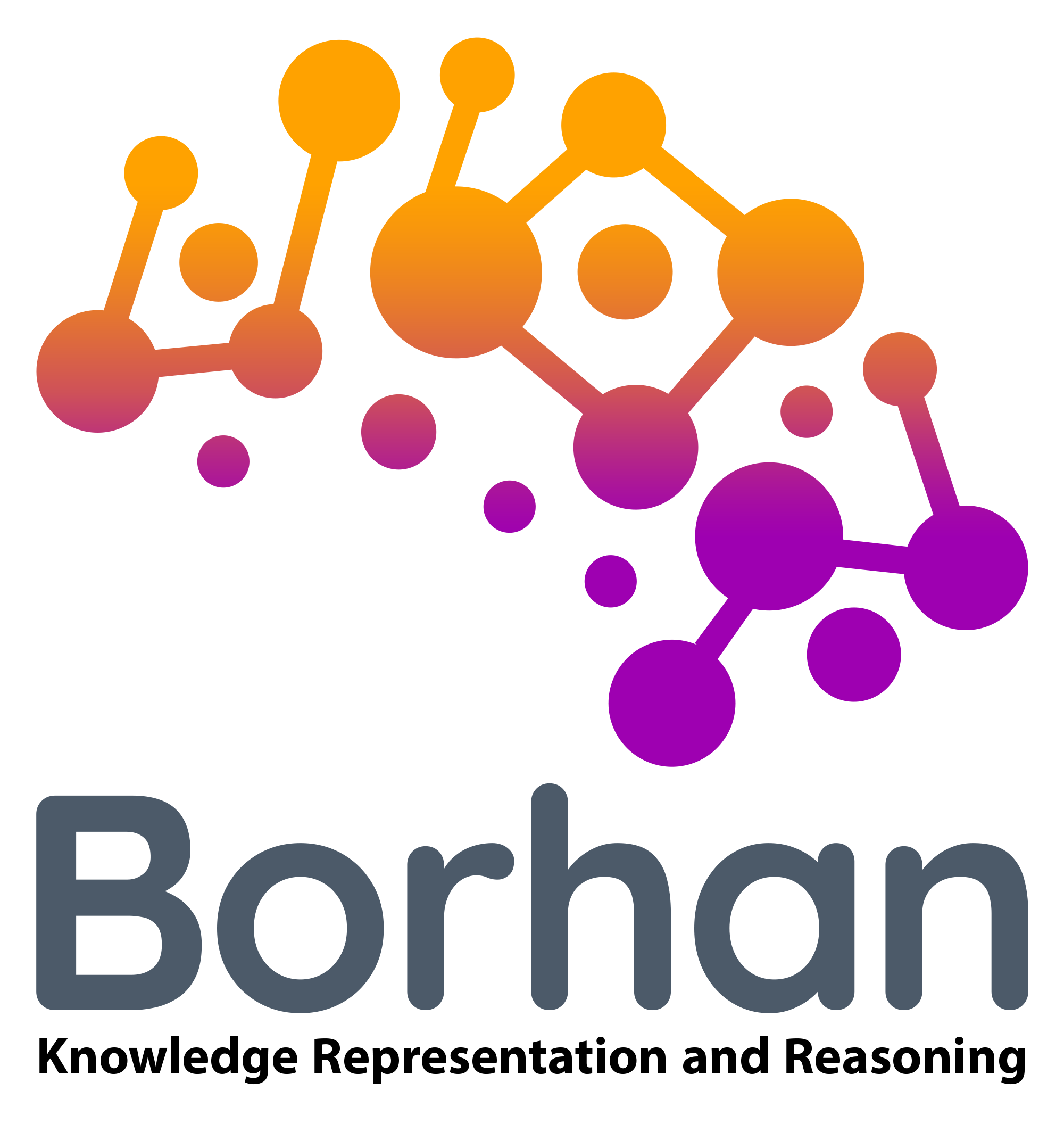Dynamic Logic
A DL language in knowledge representation systems provides a language for defining a knowledge base (KB) and tools to carry out inferences over it. A knowledge base (KB) is a technology used to store complex structured and unstructured information used by an expert system. There are two types of ΚΒ: Dynamic KB and static KB. In dynamic knowledge bases, unlike static knowledge bases, there is a mechanism of evolving knowledge base until a proper answer can be found.
In the descriptive logic approach, we see that a static knowledge base (KB) comprises at least two components, the TBox and the static ABox (and sometimes a RBox), and the queries infer from KB by merely propositional Rules. But dynamic knowledge base, also known as knowledge and action base (KAB), comprises at least 4 components, the TBox, a dynamic ABox, a finite set of actions (or programs) and a process by several action rules and possibly nondeterministic program that uses the KAB ABoxes to store its (intermediate and final) computation results, and queries infer from KAB by propositional Rules and action Rules. This formal system based on KAB can be implemented in dynamic ontologies and knowledge graphs.
We in Borhan team try to achieve this goal as a part of our fundamental investigations and are ready to teach you “dynamic logic” as an important part of KAB project.
For more info and attending the course mail us.
Here is our “Dynamic Logic” course outline:
+ Propositional Modal Logic (PML)
+ Syntax
+ Axiomatic System
+ Semantics (Kripke Model)
+ Tableau Method
+ Other Extended Logics:
+ Temporal Logics
+ Spatial Logics
+ Deontic logics
+ Epistemic Logics
etx.
+ Propositional dynamic Logic (PDL)
+ Syntax
+ Axiomatic System
+ Semantics (Kripke Model)
+ Tableau Method
+ Description dynamic Logic (DDL)
+ Semantics
+ Syntax
+ Tableau Method
+ DALCO@
+ DDL-lite ^pr R
+ Implementation
+ Challenges
+ Complexity (in time and space)




